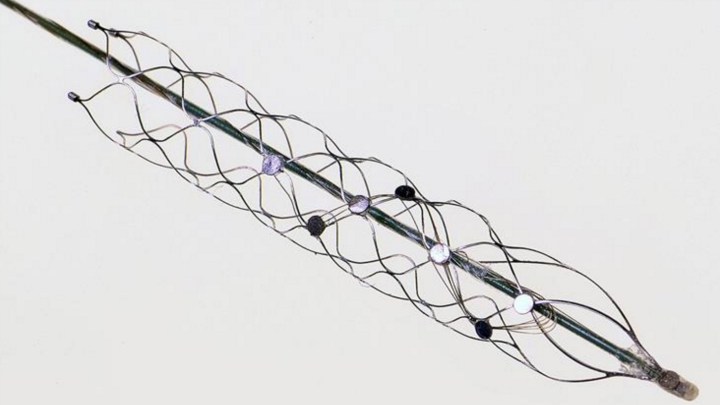
The centerpiece of the Australian mind control system is a small biocompatible electrode called a stenode. The stenode is flexible enough to pass through the blood vessels and is operable once it reaches its destination. The electrode can measure electrical activity from the motor cortex, the part of the brain responsible for controlling movements. This electrical activity is recorded and shared with a computer system that interprets the movements. These interpretations are then used to control external machinery. In early trials, the team has successfully implanted the device into free-roaming sheep and have collected up to 190 days’ worth of brain activity.
Looking beyond ruminants, Lead researcher Dr. Tom Oxley envisions a future where this brain control interface could be used to interact with smartphones, robots, and more in the next 30 years. Recognizing the benefits of this technology, DARPA wants to use the brain control system to increase the efficiency of fighter pilots. “The military appear interested in the potential for jet fighters to control their planes with direct thought control, rather than using their arms. The reaction time you’d shave off would be milliseconds,” said Oxley to Ibtimes. DARPA also plans to use the stenode to rehabilitate injured soldiers by allowing them to control a bionic exoskeleton.




